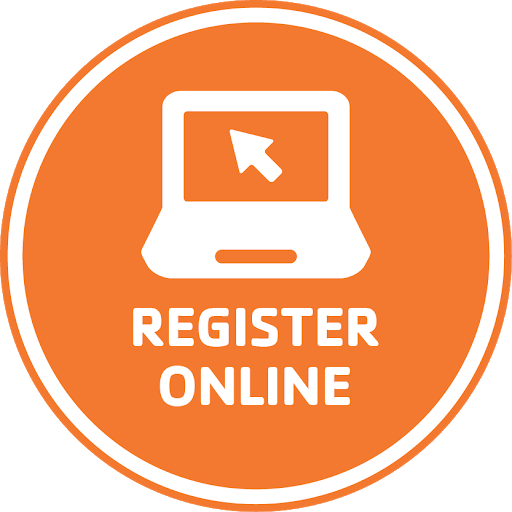Best Memory Techniques Training Classes in Kaliyakkavilai, Kanyakumari
Memory techniques are at the heart of memory study and memory improvement. Without taking the time to learn the tools to do the job, you're just fooling yourself, and basically just dipping your toe in the water, when what you need to do is dive right in and get wet. Like any other endeavour, you need to have a goal, and a plan, and you need to stick to that plan.
If we want to understand memories according to how long they last, they can be divided up into three kinds:
Immediate (Sensory) Memories
These last milliseconds, and we aren't even aware of them. For example, you might be standing on a mountain and looking at a beautiful scene. As you turn your head and take it in, your immediate memories help you keep it together so it makes sense from where you started to where you ended. It keeps every moment in life knitted together instead of being jarring and shocking.
Short-term (Working) Memories
These last about a few minutes and are meant to hold onto information long enough to be helpful for what you're doing. You'll probably forget it shortly, but it won't matter. Turning the key in the door, flipping off the light, turning a page in a book, meeting a person at a party and hearing their name–these are the "now" memories, and they rely on audio/visual cues.
Long-term Memories
These last from an hour to years (unlimited permanent storage), and this is what we usually think of when we hear the word "memory." It's where we store ideas, facts, stories–who we are. It is schematic memory, meaning we link between "chunks" of information to pull together the memory we need. It is built on meaning and association (as we'll talk about in a bit).
The Main topics are:
- Memory techniques
- Mind Mapping
- Speed Writing
- Time Management
- Learning Skills
- Handwriting etc
Duration:
For Children of age 6-13 Years
Number of levels :
1
Level :
6 months
Each class :
2Hrs
Batch size :
5 (maximum) to ensure personalised attention
Specially trained faculty
Certification at the end of the entire course
Benefits of Memory Techniques:
- Generate new interest in studies
- Improve concentration power
- Help students overcome examination phobia
- Able to recall and revise quickly
- Able to memorize difficult vocabulary words
- Help students memorize their vast syllabus – fast
- Memorize long answers, theory in points
- Develop Self-confidence & belief
- Enhance creativity



